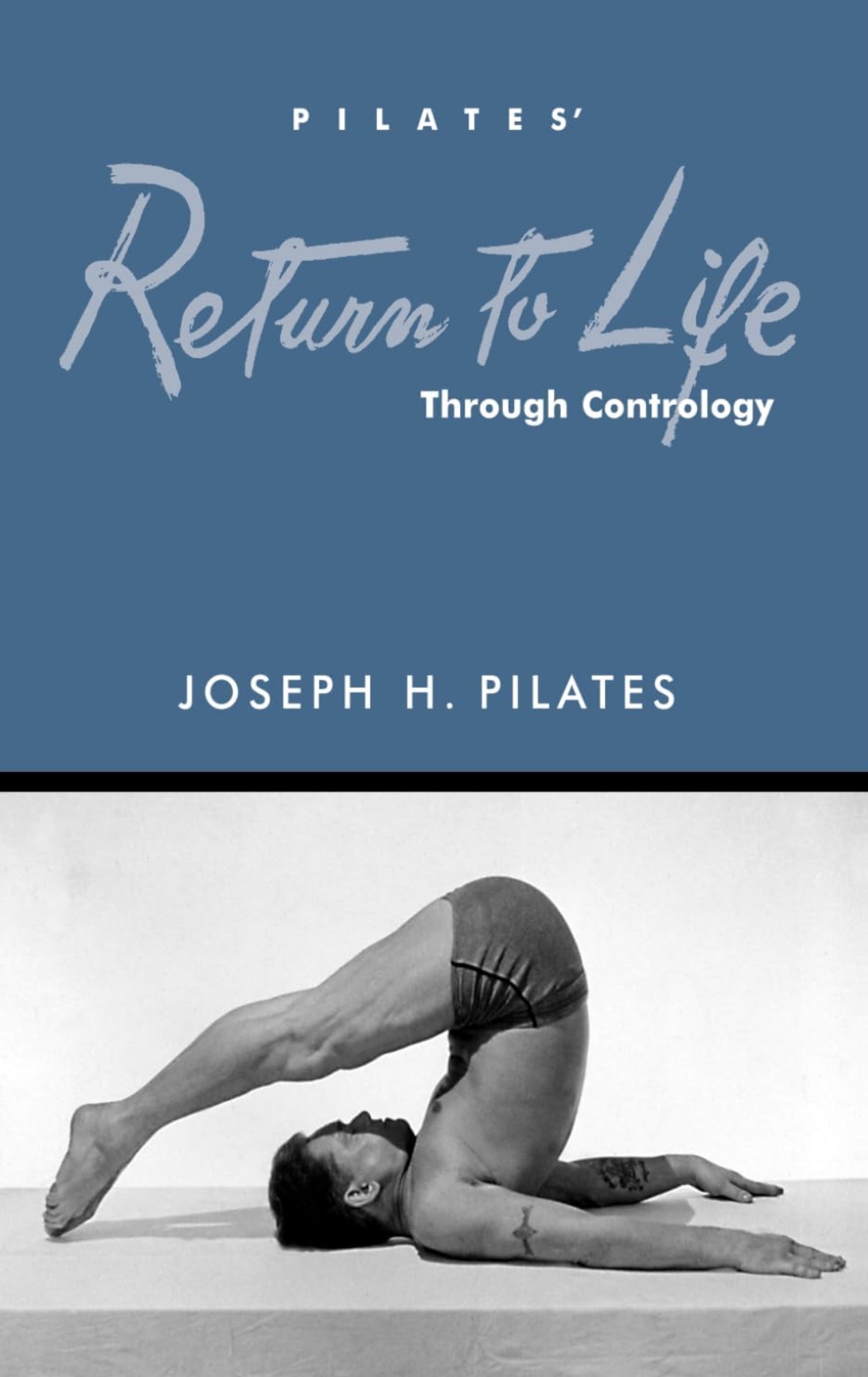The Rise of Plyometric Pilates: Next-Level Training for Athletes
In the ever-evolving world of fitness, crossover training continues to push boundaries. One of the latest innovations gaining traction among serious athletes is Plyometric Pilates, a fusion of the controlled, core-centric practice of Pilates with the explosive power of plyometrics. What once sounded like an “on paper” experiment is now proving to be a compelling hybrid for performance, injury prevention, and functional strength.
What Is Plyometric Pilates?
At its core, plyometric exercises are those fast, explosive movements that rely on the stretch–shortening cycle: muscles rapidly lengthen (eccentric) then immediately contract (concentric). This method helps train speed, power, and neuromuscular efficiency. NASM Blog+1 Traditional Pilates, by contrast, emphasizes alignment, controlled motion, breath, and deep core stabilization. The idea behind Plyometric Pilates is to interweave those stabilizing elements with explosive movement. For example, integrating small jumps, reactive bounds, or “pulsing hops” while maintaining the centering, breathing, and movement quality of Pilates.
Why It’s Gaining Popularity with Athletes
- Power + Control Synergy
Plyometrics are well established in athletic training: they help improve jump height, sprinting speed, agility, and muscular power. PMC+2Medical News Today+2 But pure plyo training sometimes neglects deep stability, postural control, or spinal integrity. Pilates fills that gap. Combining the two allows athletes not only to generate force but to maintain control, reduce wasteful movement, and improve landing mechanics.
- Research Backed Results
A study combining plyometric and Pilates training saw meaningful gains in vertical jump performance among basketball players compared to Pilates alone. PMC+1 In another investigation on karate athletes, plyometric protocols outperformed Pilates in improving core strength and dynamic balance over eight weeks, though both methods were beneficial. JCDR These kinds of results suggest the hybrid approach can enhance both explosive output and movement stability.
- Better Injury Resilience
Explosive training, when done improperly, increases injury risk. But Pilates’ emphasis on alignment, core integration, and muscular balance may act as a “protective layer.” By reinforcing neuromuscular control, joint alignment, and movement quality, the combined method may reduce stress on vulnerable joints. Additionally, proper landing mechanics and eccentric control are crucial for injury prevention, both of which are reinforced through mindful movement.
- Functional Athletic Application
Many sports require more than just brute strength or endurance, they demand expression of force within movement constraints (think: twisting, decelerating, changing direction). Plyometric Pilates helps bridge that gap by training power within a stable, controlled framework. Instead of merely hopping or bounding, athletes learn to express force while resisting collapse, maintaining posture, or transitioning between positions.
Sample Movements & Programming Ideas
- Micro jumps on the Reformer: small hops or “pulses” off the reformer carriage, with landings focused on soft control and core engagement.
- Jump to stabilize sequences: e.g. jump down from a low box into a Pilates plank hold or hop out of a lunge and settle into a Pilates single-leg stance.
- Bound + control drills: short side bounds with emphasis on deceleration and alignment, followed by Pilates-based recovery work.
- Reactive core drills: e.g. small hops while maintaining lumbar stability, or “mini rebound” jumps in supine or side lying positions.
Programming would typically alternate higher-intensity “plyo + control” sets with lower-intensity, restorative Pilates work, allowing for recovery and neural reset.
Athletes should begin gradually, building a solid base of strength, mobility, and Pilates technique before adding explosive movements. Proper form, soft landings, and alignment matter more than jump height or distance. Progress should be phased from micro jumps to more advanced hops and bounds, while carefully managing training load and recovery to prevent overtraining. Each program should also align with the athlete’s sport: vertical jumps for basketball, lateral bounds for tennis, and reactive hops for soccer, ensuring movements directly enhance performance
As more coaches, performance centers, and studios experiment with this hybrid, Plyometric Pilates may become a mainstay in athletic training rather than a niche concept. Its unique proposition merging the precision of Pilates with the raw explosion of plyometrics gives athletes a way to train how they move and express power without sacrificing control or integrity.
If you’re an athlete curious about elevating your training, Plyometric Pilates offers a promising frontier.




